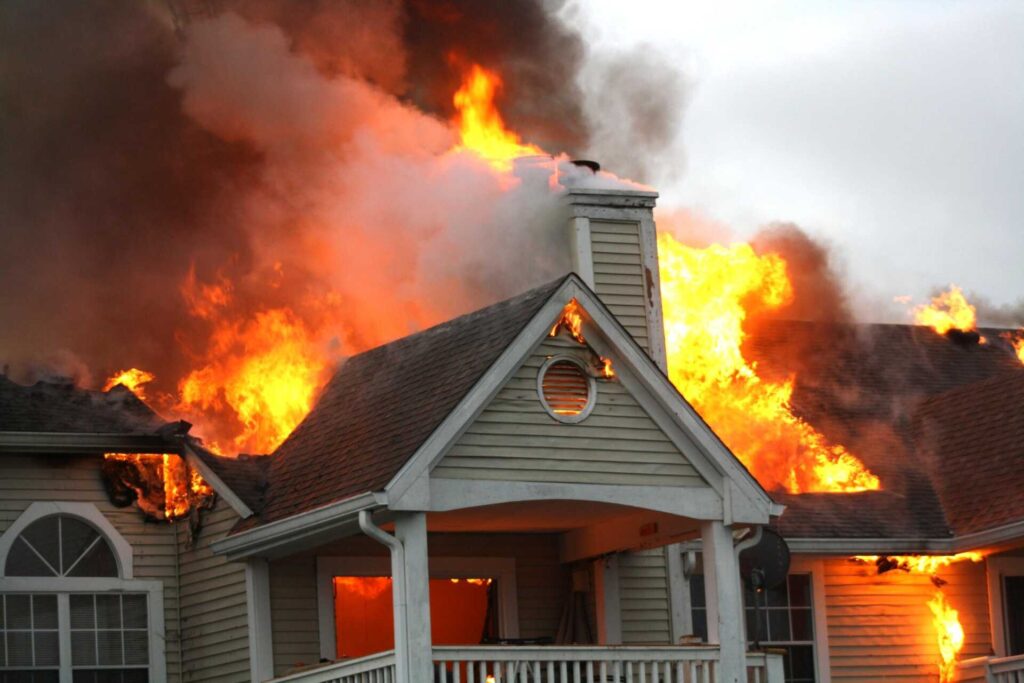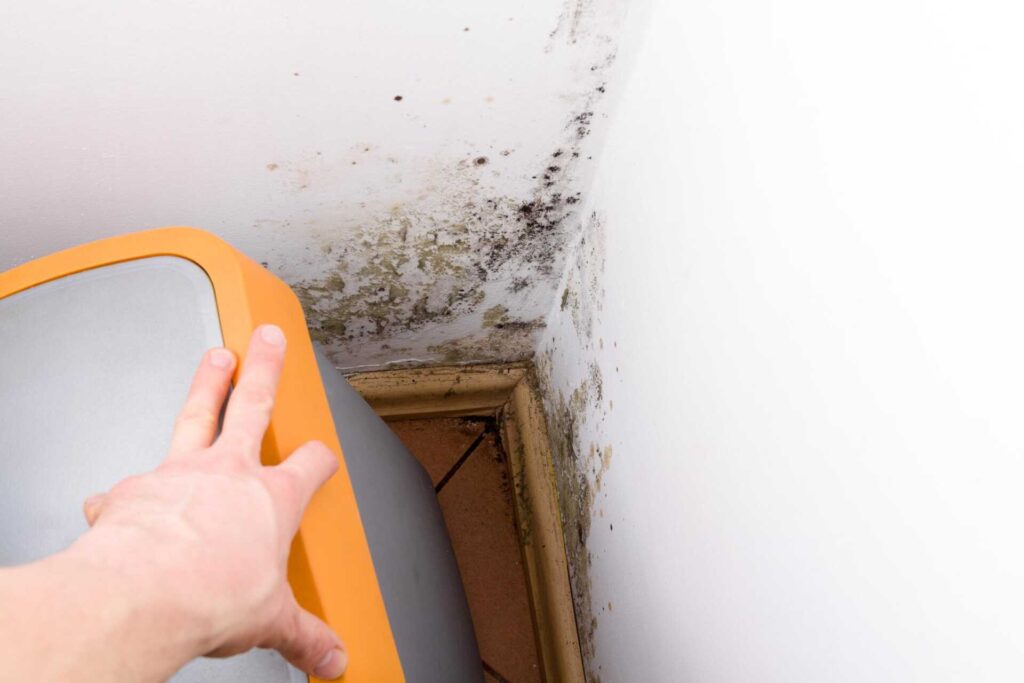
Contents
When faced with fire or water damage, understanding the underlying causes is crucial for effective restoration. You’ll need to assess the situation thoroughly, as each scenario presents unique challenges. Specialized tools will aid in your recovery efforts, but knowing the right techniques for each type of damage is essential. As you navigate through the restoration process, consider what preventive measures you can implement to safeguard against future incidents. Let’s explore these critical steps together.
Key Takeaways
- Assess damage promptly to determine the extent of fire or water intrusion for effective restoration planning.
- Utilize high-powered extractors and dehumidifiers to remove water and reduce humidity levels efficiently.
- Implement thorough cleaning techniques to eliminate soot, odors, and contaminants from affected areas.
- Replace or repair damaged materials swiftly to restore structural integrity and prevent mold growth.
- Regularly conduct preventive maintenance to reduce the risk of future fire and water damage incidents.
Understanding the Causes of Fire and Water Damage
When you think about fire and water damage, it’s important to recognize that these disasters often stem from common causes that can strike at any time.
Electrical malfunctions, such as faulty wiring or overloaded circuits, frequently ignite fires, while cooking accidents remain a leading source of residential blazes.
Water damage, on the other hand, often arises from burst pipes, roof leaks, or malfunctioning appliances.
Understanding these causes allows you to take proactive measures in your home, like installing smoke detectors and regularly inspecting plumbing systems.
It’s vital to acknowledge the emotional toll these disasters can take on you and your loved ones.
Feeling vulnerable in your own space is difficult, but by staying informed, you’re not just protecting your property; you’re safeguarding your sense of belonging.
Awareness and preparation can make all the difference in preserving the comfort of your home against unforeseen disasters.
Essential Tools and Equipment for Restoration
Effective restoration after fire or water damage hinges on having the right tools and equipment at your disposal.
You’ll need high-powered water extractors to quickly remove standing water, preventing further damage. Dehumidifiers are vital for reducing humidity levels, ensuring your space dries out effectively. For fire damage, thermal imaging cameras help identify hidden hotspots, while air scrubbers filter out smoke particles and odors.
Additionally, personal protective equipment like gloves, masks, and goggles is essential for safety during the restoration process.
You’ll also want to have a sturdy set of cleaning supplies, including specialized detergents for soot and water damage.
Finally, investing in a reliable inventory system will help you keep track of damaged items, fostering a sense of organization amidst the chaos.
With these tools, you’re not just restoring a space; you’re reclaiming a sense of home and community.
Step-by-Step Fire Damage Restoration Process
Having the right tools is just the beginning; understanding the step-by-step fire damage restoration process is what truly sets you up for success.
Start by evaluating the damage—document everything, as this will help you later with insurance claims. Next, guarantee the area is safe; use protective gear and ventilate the space.
Once you’ve stabilized the environment, remove any charred materials and debris. It’s essential to address both visible and hidden damage, as smoke can linger and cause further issues.
After clearing the area, clean all surfaces thoroughly to eliminate soot and odors.
Next, you’ll need to dry out the space to prevent mold growth. Finally, restore or replace damaged structures and belongings with care.
Throughout this process, remember that empathy for those affected goes a long way. You’re not just restoring a space; you’re helping people rebuild their lives.
Effective Water Damage Repair Techniques
Water damage can strike unexpectedly, leaving behind a trail of destruction that requires immediate attention.
When faced with this challenge, you’ll want to take swift action to mitigate further harm. Here are four effective water damage repair techniques you should consider:
Assess the Damage: Quickly evaluate the affected areas to understand the extent of the water intrusion.
Remove Standing Water: Use pumps or wet vacuums to eliminate any standing water, preventing secondary damage.
Dry and Dehumidify: Set up fans and dehumidifiers to remove moisture from the air and surfaces, reducing the risk of mold growth.
Restore Affected Materials: Replace or repair damaged drywall, flooring, and insulation to guarantee a safe and healthy environment.
Preventive Measures for Future Damage
While you can’t always predict when water damage will occur, implementing preventive measures can greatly reduce the risk of future incidents.
Start by regularly inspecting your property’s plumbing for leaks, as even small drips can lead to significant issues over time. Make certain gutters and downspouts are clear of debris, directing water away from your foundation.
Consider installing sump pumps and water alarms in flood-prone areas to catch problems early. Additionally, maintain proper grading around your home to facilitate drainage.
Don’t forget about humidity control; using dehumidifiers in damp areas can help prevent mold growth.
Finally, educate your family about what to do in case of water emergencies, fostering a supportive environment where everyone feels prepared.
Summary
In mastering fire and water damage restoration, you’re not just repairing structures; you’re rebuilding lives. Think of it like sailing a ship through stormy seas—swift action and the right tools can guide you clear of disaster. By understanding the causes, utilizing essential equipment, and implementing preventative measures, you’ll guarantee your home remains a safe haven. Remember, each restoration is a chance to fortify against future storms, bringing peace of mind and security back into your life.

